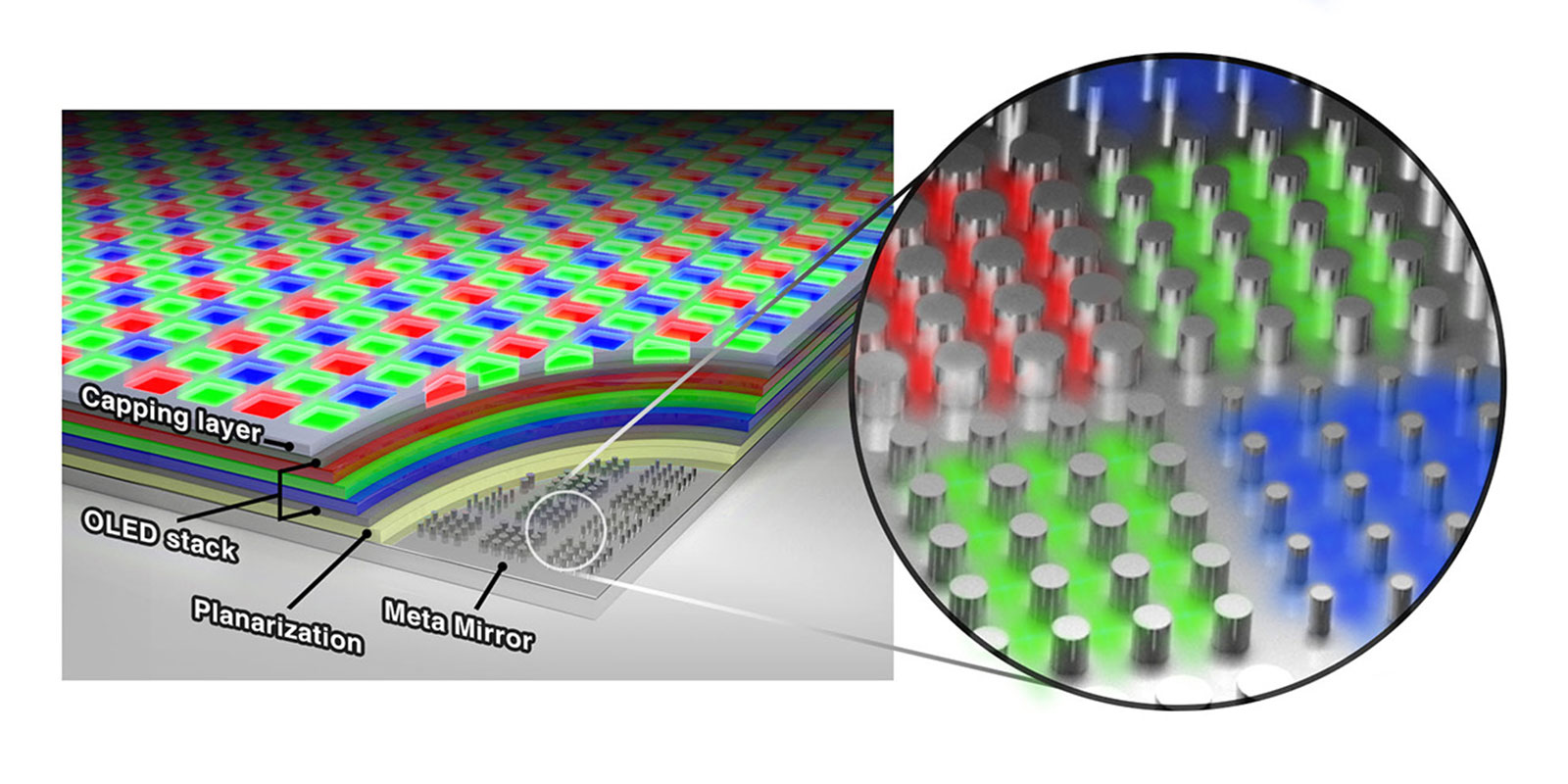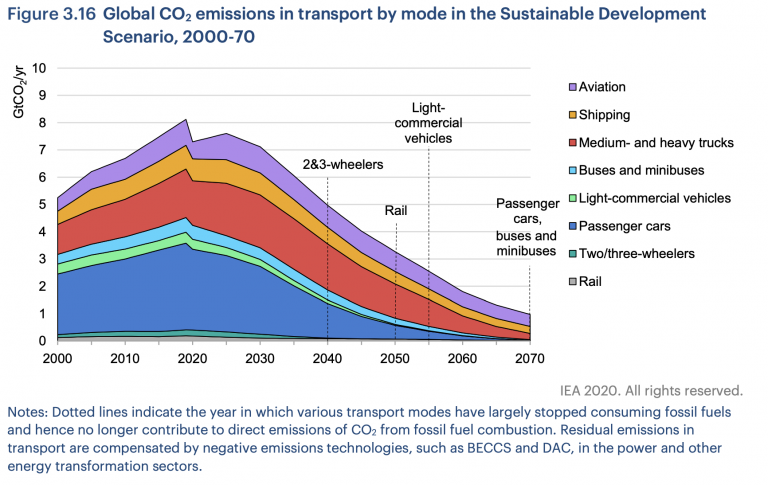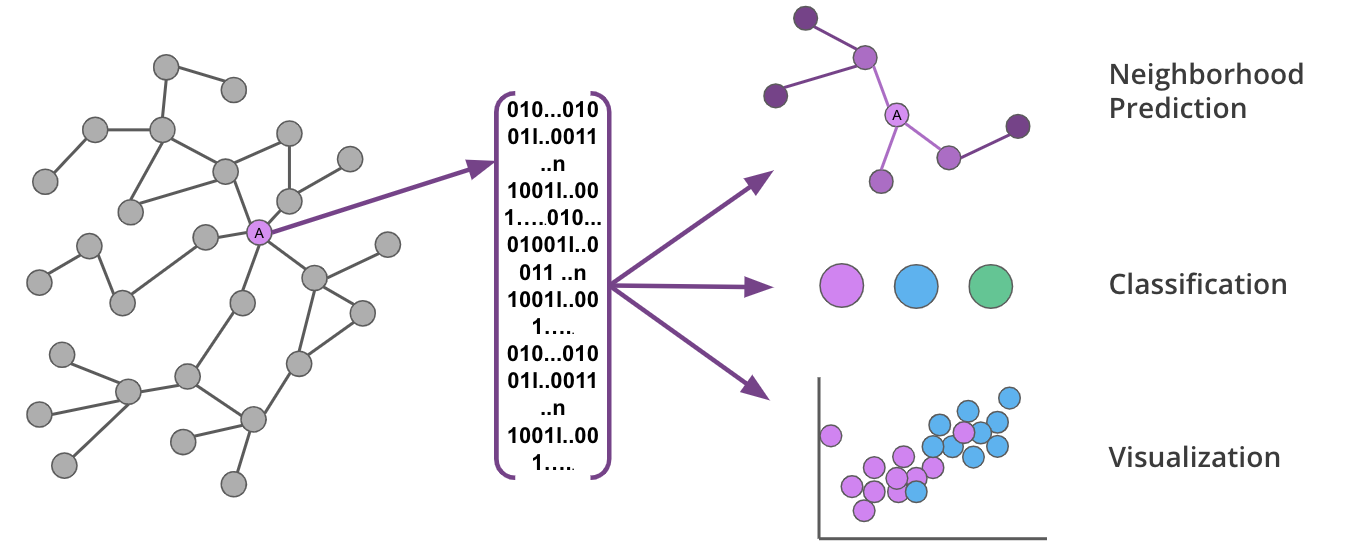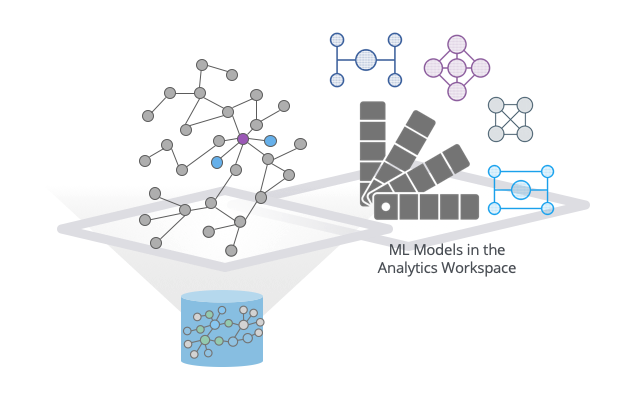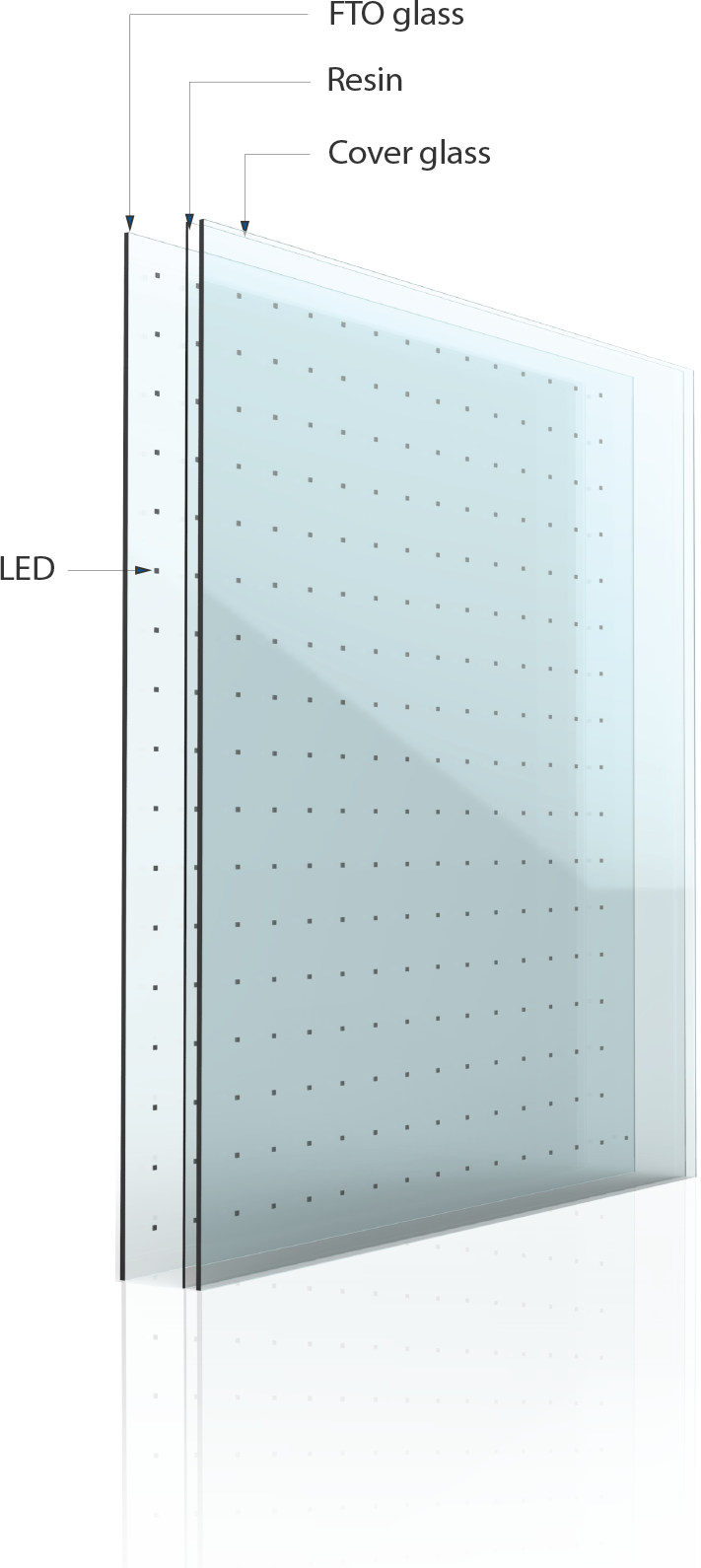Playing through the greenery and litter of a mini forest’s undergrowth for just one month may be enough to change a child’s immune system, according to a small new experiment.
When daycare workers in Finland rolled out a lawn, planted forest undergrowth such as dwarf heather and blueberries, and allowed children to care for crops in planter boxes, the diversity of microbes in the guts and on the skin of young kids appeared healthier in a very short space of time.
Compared to other city kids who play in standard urban daycares with yards of pavement, tile and gravel, 3-, 4-, and 5-year-olds at these greened-up daycare centres in Finland showed increased T-cells and other important immune markers in their blood within 28 days.
“We also found that the intestinal microbiota of children who received greenery was similar to the intestinal microbiota of children visiting the forest every day,” says environmental scientist Marja Roslund from the University of Helsinki.
One daycare before (left) and after introducing grass and planters (right). (University of Helsinki)
Prior research has shown early exposure to green space is somehow linked to a well-functioning immune system, but it’s still not clear whether that relationship is causal or not.
The experiment in Finland is the first to explicitly manipulate a child’s urban environment and then test for changes in their micriobiome and, in turn, a child’s immune system.
[…]
The results aren’t conclusive and they will need to be verified among larger studies around the world. Still, the benefits of green spaces appear to go beyond our immune systems.
Research shows getting outside is also good for a child’s eyesight, and being in nature as a kid is linked to better mental health. Some recent studies have even shown green spaces are linked to structural changes in the brains of children.
What’s driving these incredible results is not yet clear. It could be linked to changes to the immune system, or something about breathing healthy air, soaking in the sun, exercising more or having greater peace of mind.
Given the complexities of the real world, it’s really hard to control for all the environmental factors that impact our health in studies.
While rural children tend to have fewer cases of asthma and allergies, the available literature on the link between green spaces and these immune disorders is inconsistent.
The current research has a small sample size, only found a correlation, and can’t account for what children were doing outside daycare hours, but the positive changes seen are enough for scientists in Finland to offer some advice.
[…]
Bonding with nature as a kid is also good for the future of our planet’s ecosystems. Studies show kids who spend time outdoors are more likely to want to become environmentalists as adults, and in a rapidly changing world, that’s more important than ever.
Just make sure everyone’s up to date on their tetanus vaccinations, Sinkkonen advises.
The study was published in the Science Advances.
Source: Daycares in Finland Built a ‘Forest Floor’, And It Changed Children’s Immune Systems

 One daycare before (left) and after introducing grass and planters (right). (University of Helsinki)
One daycare before (left) and after introducing grass and planters (right). (University of Helsinki)

